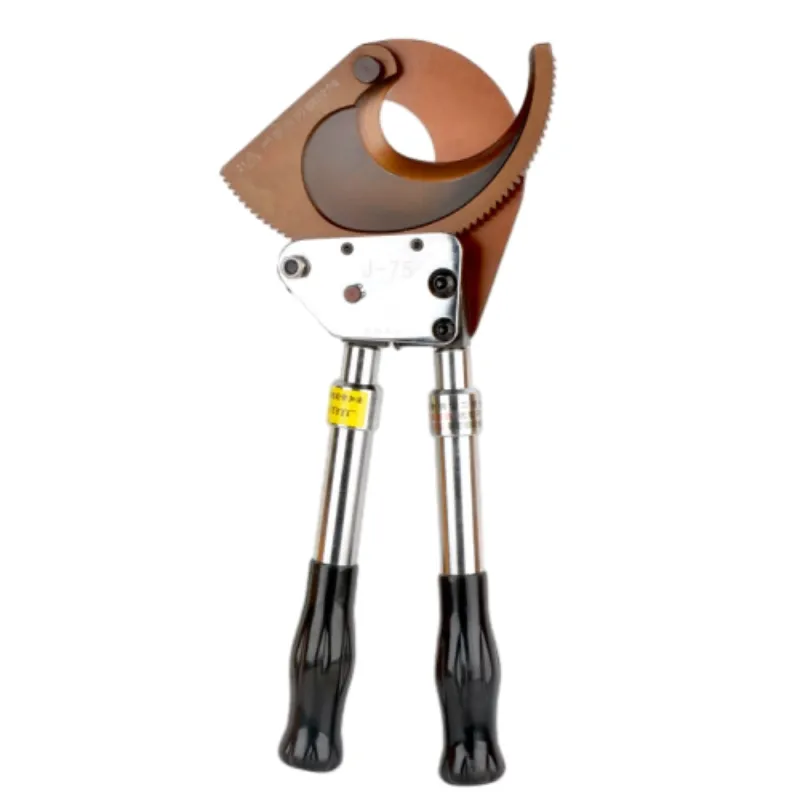
-
 Afrikaans
Afrikaans -
 Albanian
Albanian -
 Amharic
Amharic -
 Arabic
Arabic -
 Armenian
Armenian -
 Azerbaijani
Azerbaijani -
 Basque
Basque -
 Belarusian
Belarusian -
 Bengali
Bengali -
 Bosnian
Bosnian -
 Bulgarian
Bulgarian -
 Catalan
Catalan -
 Cebuano
Cebuano -
 Corsican
Corsican -
 Croatian
Croatian -
 Czech
Czech -
 Danish
Danish -
 Dutch
Dutch -
 English
English -
 Esperanto
Esperanto -
 Estonian
Estonian -
 Finnish
Finnish -
 French
French -
 Frisian
Frisian -
 Galician
Galician -
 Georgian
Georgian -
 German
German -
 Greek
Greek -
 Gujarati
Gujarati -
 Haitian Creole
Haitian Creole -
 hausa
hausa -
 hawaiian
hawaiian -
 Hebrew
Hebrew -
 Hindi
Hindi -
 Miao
Miao -
 Hungarian
Hungarian -
 Icelandic
Icelandic -
 igbo
igbo -
 Indonesian
Indonesian -
 irish
irish -
 Italian
Italian -
 Japanese
Japanese -
 Javanese
Javanese -
 Kannada
Kannada -
 kazakh
kazakh -
 Khmer
Khmer -
 Rwandese
Rwandese -
 Korean
Korean -
 Kurdish
Kurdish -
 Kyrgyz
Kyrgyz -
 Lao
Lao -
 Latin
Latin -
 Latvian
Latvian -
 Lithuanian
Lithuanian -
 Luxembourgish
Luxembourgish -
 Macedonian
Macedonian -
 Malgashi
Malgashi -
 Malay
Malay -
 Malayalam
Malayalam -
 Maltese
Maltese -
 Maori
Maori -
 Marathi
Marathi -
 Mongolian
Mongolian -
 Myanmar
Myanmar -
 Nepali
Nepali -
 Norwegian
Norwegian -
 Norwegian
Norwegian -
 Occitan
Occitan -
 Pashto
Pashto -
 Persian
Persian -
 Polish
Polish -
 Portuguese
Portuguese -
 Punjabi
Punjabi -
 Romanian
Romanian -
 Russian
Russian -
 Samoan
Samoan -
 Scottish Gaelic
Scottish Gaelic -
 Serbian
Serbian -
 Sesotho
Sesotho -
 Shona
Shona -
 Sindhi
Sindhi -
 Sinhala
Sinhala -
 Slovak
Slovak -
 Slovenian
Slovenian -
 Somali
Somali -
 Spanish
Spanish -
 Sundanese
Sundanese -
 Swahili
Swahili -
 Swedish
Swedish -
 Tagalog
Tagalog -
 Tajik
Tajik -
 Tamil
Tamil -
 Tatar
Tatar -
 Telugu
Telugu -
 Thai
Thai -
 Turkish
Turkish -
 Turkmen
Turkmen -
 Ukrainian
Ukrainian -
 Urdu
Urdu -
 Uighur
Uighur -
 Uzbek
Uzbek -
 Vietnamese
Vietnamese -
 Welsh
Welsh -
 Bantu
Bantu -
 Yiddish
Yiddish -
 Yoruba
Yoruba -
 Zulu
Zulu


Oct . 21, 2024 11:07 Back to list
rotating electrical coupling
Rotating Electrical Coupling An Overview
Rotating electrical coupling is a critical technology used in various applications where electrical energy needs to be transmitted across rotating parts. This concept plays a vital role in fields like robotics, electric vehicles, wind turbines, and industrial machinery, where efficient energy transfer without physical connections is paramount.
The primary function of rotating electrical couplings is to establish an electrical connection between stationary and rotating components. This is achieved through various designs, including slip rings, brushes, and rotary transformers. Slip rings, for example, allow for the continuous transfer of current and signals from a stationary source to a rotating component, making them indispensable in devices like cranes, wind turbines, and medical imaging equipment.
One significant advantage of rotating electrical couplings is their ability to support high-speed operations. In industries where machinery operates at rapid rotations, traditional cabling methods can lead to wear and eventual failure. By utilizing specialized couplings, manufacturers can minimize wear and eliminate the risk of disconnections or malfunctions, thereby enhancing reliability and safety.
rotating electrical coupling

Moreover, rotating electrical couplings contribute to design flexibility. They enable manufacturers to create more compact and efficient systems, as they eliminate the need for external wiring or complex routing around moving parts. As industries continue to evolve towards more automated and high-performance standards, the demand for effective rotating electrical coupling solutions is expected to grow.
In recent years, advancements in materials science and engineering have led to significant improvements in the performance and durability of these couplings. Modern designs often incorporate advanced materials that reduce friction and wear, thus extending the lifespan of the devices. Additionally, innovations such as wireless power transfer are being explored, aiming to eliminate the need for physical contact altogether and providing even greater design flexibility.
In conclusion, rotating electrical coupling represents a pivotal innovation in modern technology. By facilitating seamless energy transfer between stationary and rotating components, these systems play a crucial role in the advancement of various industries. As technology continues to progress, the evolution of rotating electrical coupling will likely lead to even more efficient, reliable, and compact solutions, shaping the future of electrical engineering and energy transmission.
Latest news
What Are Construction Tools and How Are They Used?
NewsJul.11,2025
Professional-Grade Duct Rodding Tools for Superior Cable Installation
NewsJul.11,2025
Enhancing Safety and Efficiency with Modern Hot Stick Solutions
NewsJul.11,2025
Empowering Cable Installation with Advanced Rodder Solutions
NewsJul.11,2025
Elevate Your Cable Installation Projects with Cable Pulling Tools
NewsJul.11,2025
Efficient Cable Handling Solutions: Cable Rollers for Sale
NewsJul.11,2025











